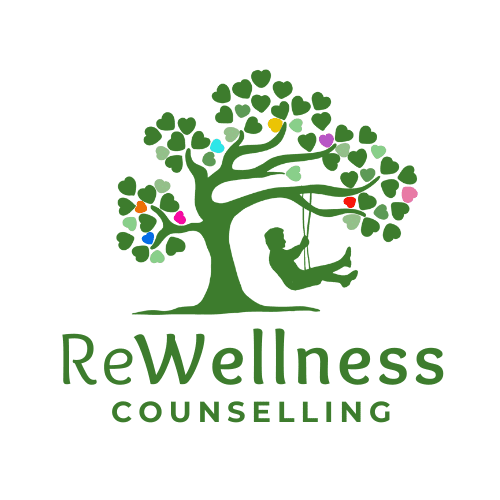

When Children Hurt:
Understanding and Responding to Child-to-Parent Violence
When we think of family violence, we often picture adults harming children or partners hurting each other. But there’s another, lesser-known dynamic that can be just as distressing: violence from children towards their parents or caregivers.
At ReWellness Counselling, we understand how shocking, painful, and isolating this experience can be. Many parents struggle in silence, unsure where to turn or how to respond without making things worse. In this blog, we explore child-to-parent violence (CPV) what it is, why it happens, and how counselling can help both parent and child begin to heal.
What Is Child-to-Parent Violence?
Child-to-parent violence (CPV) refers to intentional acts of aggression by a child or adolescent towards a parent or caregiver, which can include:
Verbal abuse – (e.g. threats, insults, intimidation)
Physical violence – (e.g. hitting, pushing, throwing objects)
Emotional manipulation – (e.g. guilt-tripping, coercion, blame)
Financial abuse – (e.g. stealing money, damaging property)
While occasional conflict is normal in families, CPV goes beyond this. It’s often part of a repeated, escalating pattern of behaviour that leaves parents feeling fearful, powerless, and ashamed.


The Impact on Parents and Families
Parents experiencing CPV often feel deep guilt, believing they’ve failed in some way. Others feel frightened in their own homes. Some become isolated, withdrawing from friends or family out of embarrassment or fear of judgment.
The emotional toll can be huge:
- Chronic stress or anxiety
- Depression or hopelessness
- Damaged relationships with other children or partners
- Loss of confidence in parenting ability
It’s easy to feel like you’re alone in this. But you are not alone — and help is available.
Why Does Child-to-Parent Violence Happen?
There is no single cause of CPV. Every situation is different, but some common contributing factors include:
- Unmet emotional needs or trauma
- Mental health challenges, such as anxiety, depression, or ADHD
- Neurodiversity, including autism and sensory processing difficulties
- Learned behaviours from witnessing domestic abuse
- Breakdowns in attachment or communication
- Lack of boundaries or emotional regulation tools
- Family stress(e.g. divorce, financial hardship, bereavement)
It’s important to remember: this behaviour does not mean your child is ‘bad’, and it doesn’t mean you’re a ‘bad parent’. CPV is a sign that something deeper is going on, and it needs support – not shame or blame.


How Counselling Can Help
At ReWellness Counselling, we provide a safe, non-judgmental space for parents and families experiencing CPV. Our child and adolescent therapists understand the complexities of behaviour, trauma, and family dynamics.
We can support you with:
- Understanding the root causes of your child’s behaviour
- Practical tools for setting boundaries and responding to aggression
- Support for your own mental health and resilience
- Rebuilding communication and trust within your family
- Child-focused counselling to help them explore emotions safely
Moving Forward Together
Seeking support isn’t a sign of failure — it’s a powerful step towards change. With the right guidance, families can move from fear and conflict to understanding, connection, and healing.
If you’re affected by child-to-parent violence, please know this:
- You are not alone.
- You deserve support.
- Things can change.
We’re here to help you and your child navigate this journey — with compassion, care, and expertise.
Reach Out
If you’re struggling with your child’s behaviour, contact ReWellness Counselling today. Whether you’re looking for parental support, child therapy, or whole-family interventions, we’re here to listen and help.
If you’re worried about the immediate safety of yourself or any other family members call 999 for the police.

Written by ReWellness
More From This Category
Boundaries and Consequences: A Parent’s Guide to Supporting Young People
Boundaries and consequences: a parent's guide to supporting young peopleSetting boundaries with young people is not about being harsh or controlling. It’s about providing the structure, guidance, and safety that allows them to grow into confident, responsible, and...
Boundaries and Consequences: A Parent’s Guide to Supporting Young People
Boundaries and consequences: a parent's guide to supporting young peopleSetting boundaries with young people is not about being harsh or controlling. It’s about providing the structure, guidance, and safety that allows them to grow into confident, responsible, and...
Boundaries and Consequences: A Parent’s Guide to Supporting Young People
Boundaries and consequences: a parent's guide to supporting young peopleSetting boundaries with young people is not about being harsh or controlling. It’s about providing the structure, guidance, and safety that allows them to grow into confident, responsible, and...
0 Comments